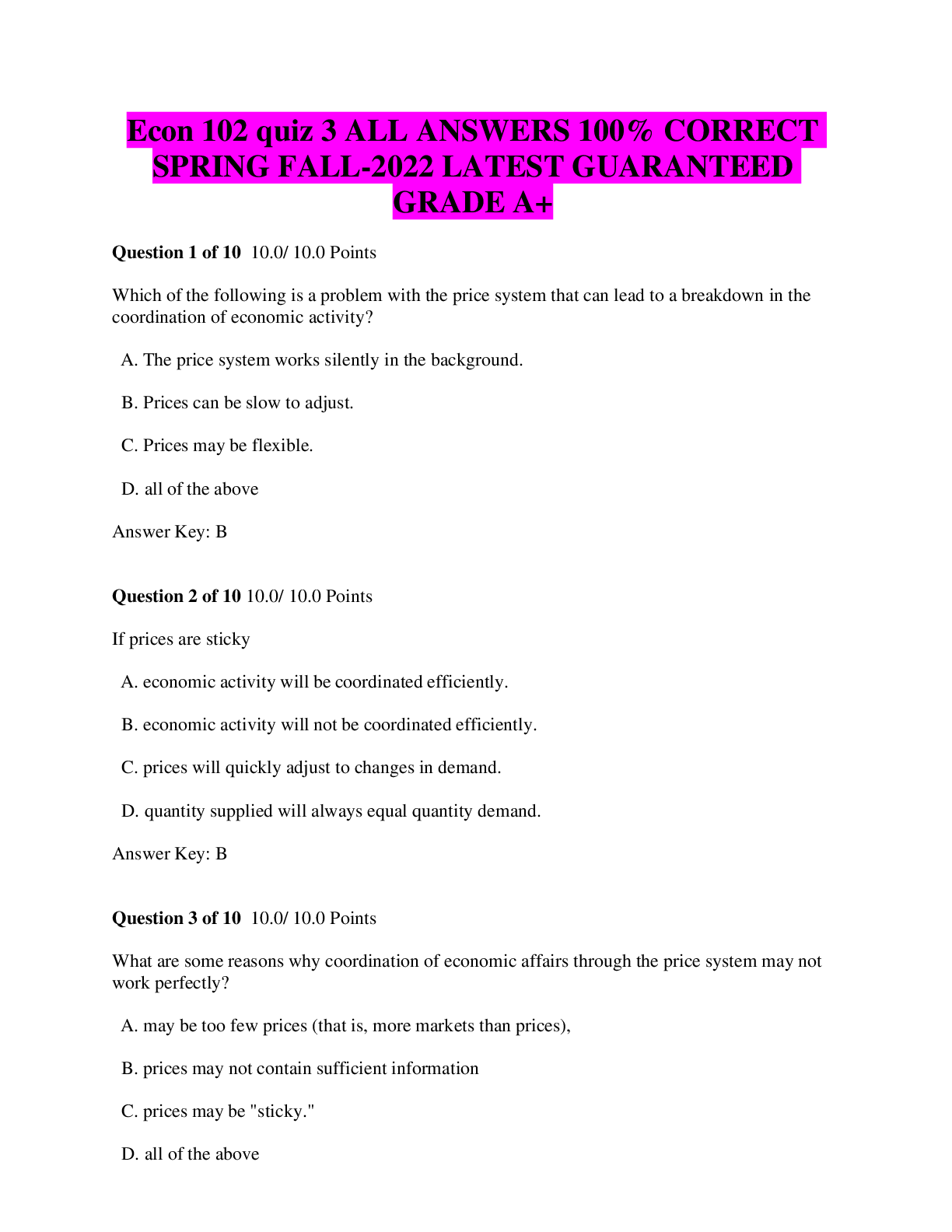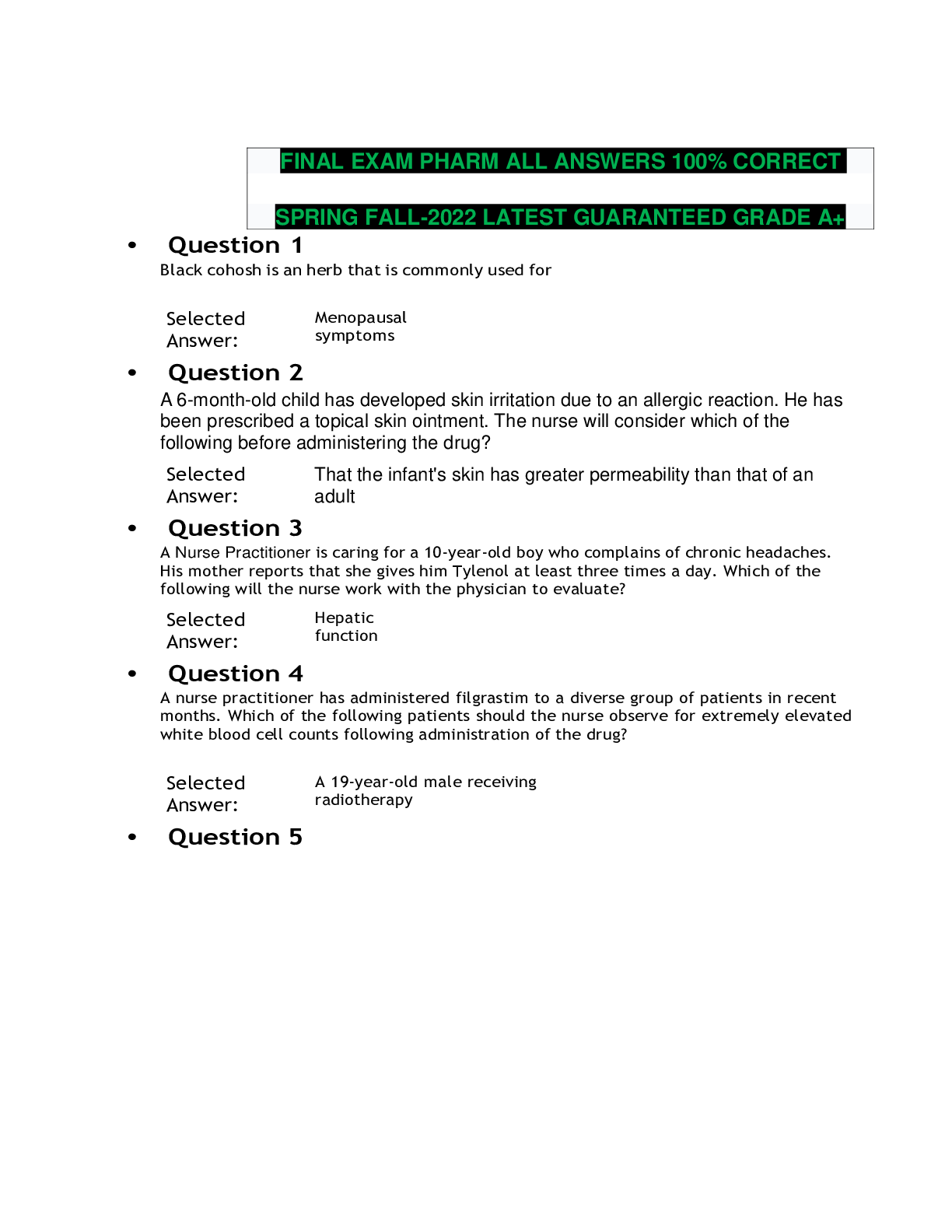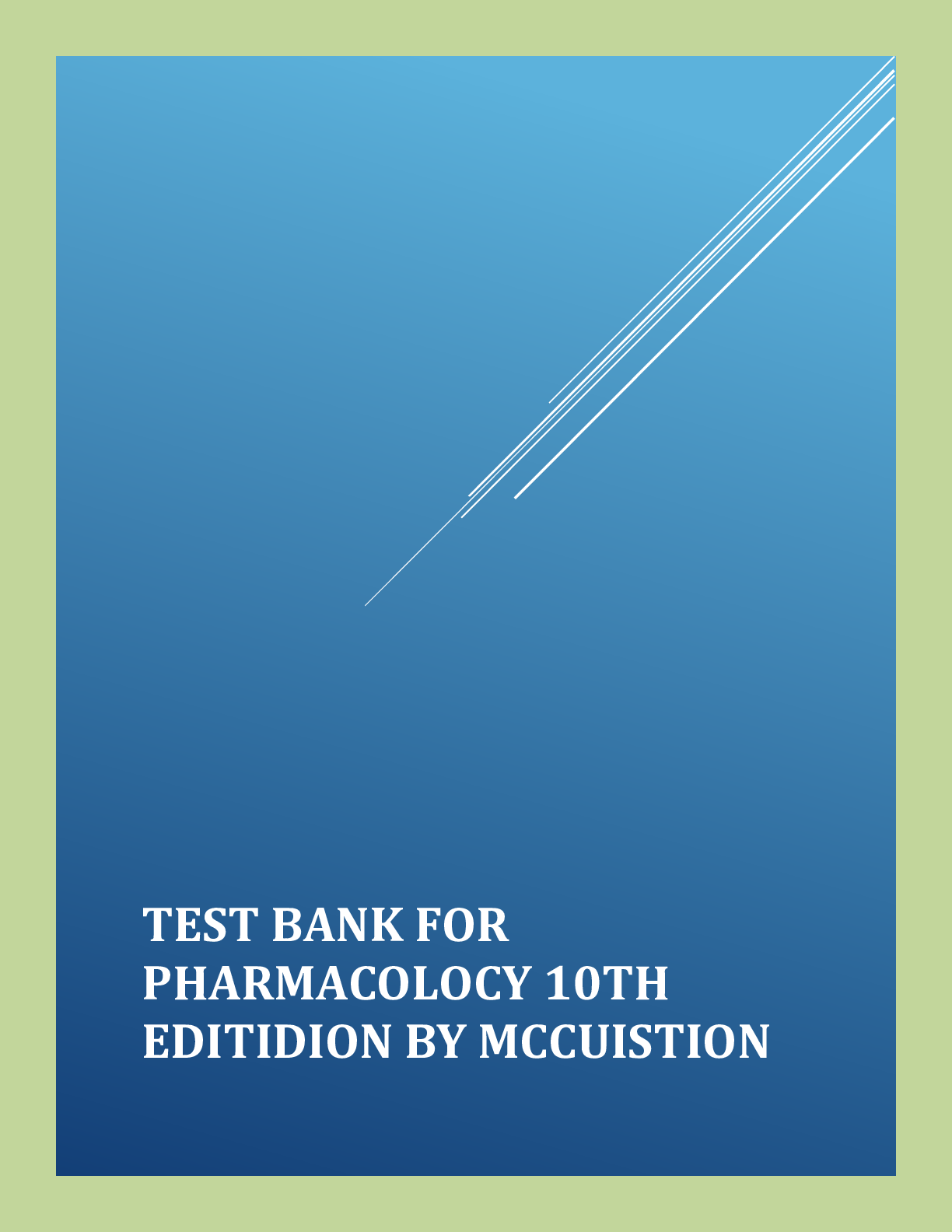Geography > EXAM > A-level GEOGRAPHY 7037/2 Paper 2 Human Geography ALL SOLUTION 100% CORRECT SPRING FALL 2022 LATEST G (All)
A-level GEOGRAPHY 7037/2 Paper 2 Human Geography ALL SOLUTION 100% CORRECT SPRING FALL 2022 LATEST GUARANTEED GRADE A+
Document Content and Description Below
Qu Part Marking guidance Total marks 01 1 Outline the spatial organisation of one transnational corporation (TNC) you have studied. Point marked Allow 1 mark per valid point with extra mark(s) ... for developed points (d). For example: Notes for answers Allow credit for specific knowledge and understanding of the spatial organisation of any TNC. Max 3 marks if the TNC is not clearly identified. If more than one TNC used, credit the best response. • Apple is a global brand which has its main operations based across North America, Europe and Asia (1). Its HQ and research centre is based on its own campus – Apple Campus in Cupertino, California (1) (d). Assembly is mainly outsourced to Foxconn who have bases across China making use of a vast low-cost labour market (1). Foxconn has its main production base in its own purpose-built city, Foxconn City in Guangdong (1) (d). • The Indian Tata group is a made of several different companies involved in products as diverse as cars, coffee, steel and software (1). It operates in over 80 countries with most of the headquarters based in India (1). Over 60% of its revenue is accrued outside India (1). • Nestle is the world’s biggest food company with its headquarters based in Vevey, Switzerland (1). It has operations in 86 countries across the world employing 328 000 people globally (1) (d). It is an umbrella organisation, which has acquired or has stakes in many other brands such as L’Oreal, Starbucks and Crosse and Blackwell (1). Nestle shows evidence of vertical and horizontal integration (1) (d). Although a Swiss company, nearly 45% of its sales occur in North America (1). • The TNC has its headquarters in the home country with subsidiary headquarters in three other continents where their operations are based (1). Research and development is based in the home country near to major universities (1) (d). This allows them to make use of the facilities and attract a graduate labour force (1). The notes for answers are not exhaustive. Credit any valid points. 4 AO1 = 4 01 2 Analyse the data shown in Figure 1a and Figure 1b. AO3 – Analysis of the compound line graph and divided bar graph showing data about UN peacekeeping forces. Mark scheme Level 2 (4–6 marks) AO3 – Clear analysis of the quantitative evidence provided which makes appropriate use of data to support. Clear connections between different aspects of the data. Level 1 (1–3 marks) AO3 – Basic analysis of the quantitative evidence provided which makes limited use of data to support. Basic or limited connections between different aspects of the data. Notes for answers This question requires analysis of the changing regions with forces in active service and origin of UN peacekeeping forces. There should be analysis of the compound line to show changes in the amount and distribution of forces in active service and the divided bar to look at the distribution of the origin of forces. Connections can be made between Figure 1a and 1b and within the data sets, for example by analysing the relationship between regions with forces in active service and origin of the forces. AO3 • Figure 1a shows that the number of forces in active service has fluctuated considerably between 1955 and 2015. The highest number was in 2016 at 105 000 with the lowest numbers in 1956/57 and between 1968 and 1973 at only 5000. • The number of forces in active service has increased rapidly since 2003 with most of the increase seen in the Middle East/North Africa and Sub-Saharan Africa. Between 2005 and 2010 the Middle East/North Africa saw an increase of 40 000 personnel. • There was a spike showing an increase in forces around the mid- 1990s with most of this increase in Europe and Sub-Saharan Africa. Since 2007 there hasn’t been any UN forces in Europe. • Asia has had very little deployment of UN forces with its peak of around 10 000 troops seen in the early 2000s. In 2016 there were no personnel in Asia. The Middle East/North Africa has had a constant presence of UN forces, with the exception of 1968–1973. • The divided bar shows that the origins of the peacekeeping forces has changed over time – in 1995 over half came from Europe but in 2016 this had reduced by 46%. Whereas Sub-Saharan Africa supplies over 6 times the number of forces in 2016 compared to 1995. • 1b shows some relationships to 1a, for example in 1995 Europe accounted for about 50% of all forces in active service and this is reflected by the similar percentage of forces coming from Europe. 6 AO3 = 6 • However, the relationship between 1995 and 2016 is not always clear. For example, Asia accounts for over 1/5 of troops in 1995 and over a third in 2016 yet accounts for no deployments in either 1995 or 2016 in 1a. Similarly, Middle East/North Africa has a similar percentage in 1b in both years yet in 2016 in 1a it has 9 times the number of troops in active service. Credit any other valid analysis. 01 3 Using Figure 2 and your own knowledge, assess the importance of geographical location in trading relationships between major economies such as China and smaller less developed economies. AO1 – Knowledge and understanding of trading relationships between major economies and smaller less-developed economies AO2 – Applies knowledge and understanding to the novel situation to analyse and evaluate the role of geographical location in trading relationships between major economies such as China and the rest of the world. Mark scheme Level 2 (4–6 marks) AO1 – Demonstrates clear knowledge and understanding of concepts, processes, interactions and change. AO2 – Applies knowledge and understanding to the novel situation offering clear analysis and evaluation drawn appropriately from the context provided. Connections and relationships between different aspects of study are evident with clear relevance. Level 1 (1–3 marks) AO1 – Demonstrates basic knowledge and understanding of concepts, processes, interactions, change. AO2 – Applies limited knowledge and understanding to the novel situation offering basic analysis and evaluation drawn from the context provided. Connections and relationships between different aspects of study are basic with limited relevance. Notes for answers This question requires knowledge of trading relationships across the globe. Students should apply this knowledge to assess the importance of geographical location in such relationships. There must be reference to evidence presented in figure 2, but they may also consider other trading relationships between major economies and smaller ones. There is no credit for AO3 analysis of the data shown in Figure 2 used in isolation. For Level 2 there must be reference to Figure 2 AO1 • Global features in the pattern and volume of international trade. • The role of different factors in trading relationships, such as trade agreements, geographical location, political alliances, aid agreements. • Knowledge and understanding of the role of globalisation in trading relationships. • Trading relationships between large economies other than China, such as EU or US and smaller economies. 6 AO1 = 2 AO2 = 4 [Show More]
Last updated: 1 year ago
Preview 1 out of 45 pages

Reviews( 0 )
Document information
Connected school, study & course
About the document
Uploaded On
Jun 13, 2022
Number of pages
45
Written in
Additional information
This document has been written for:
Uploaded
Jun 13, 2022
Downloads
0
Views
52

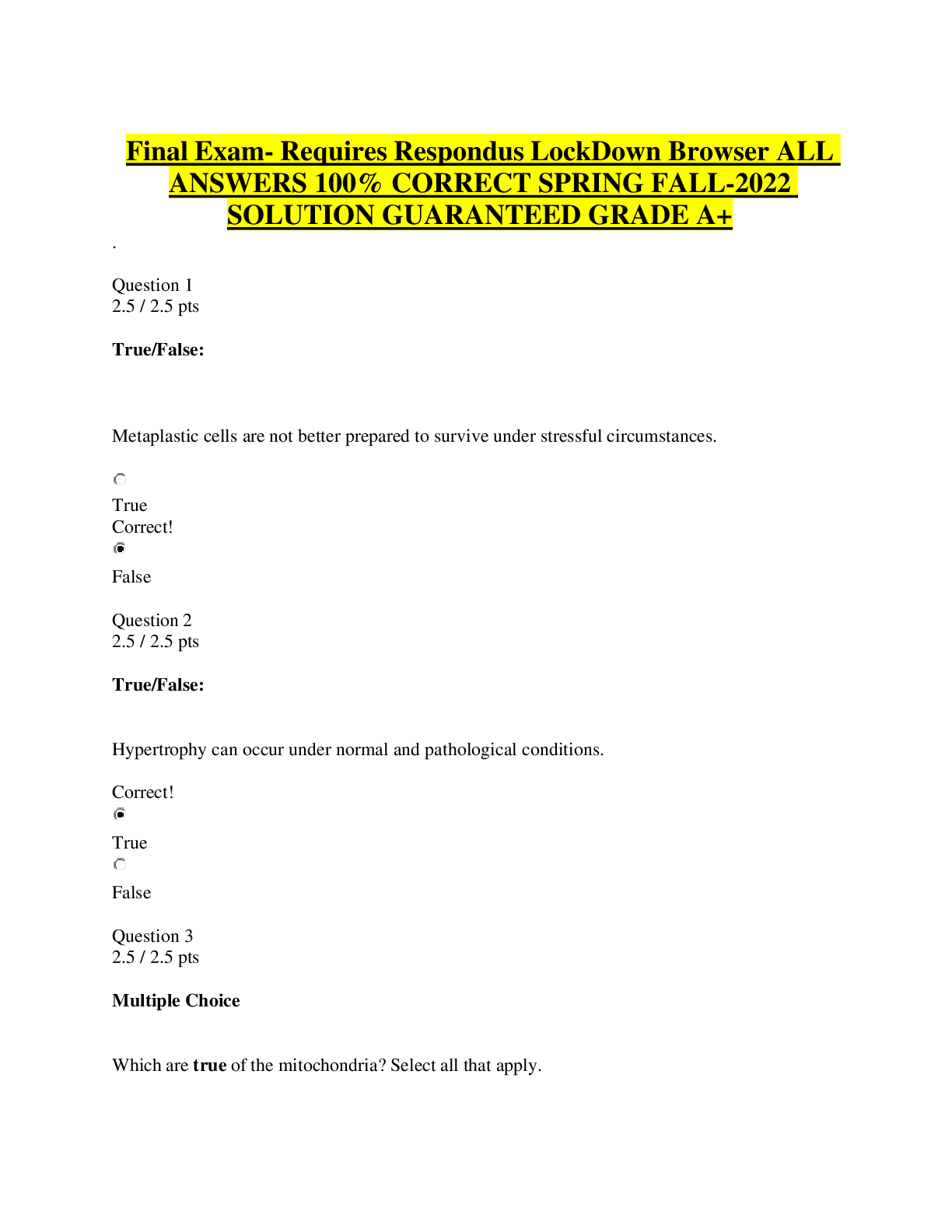


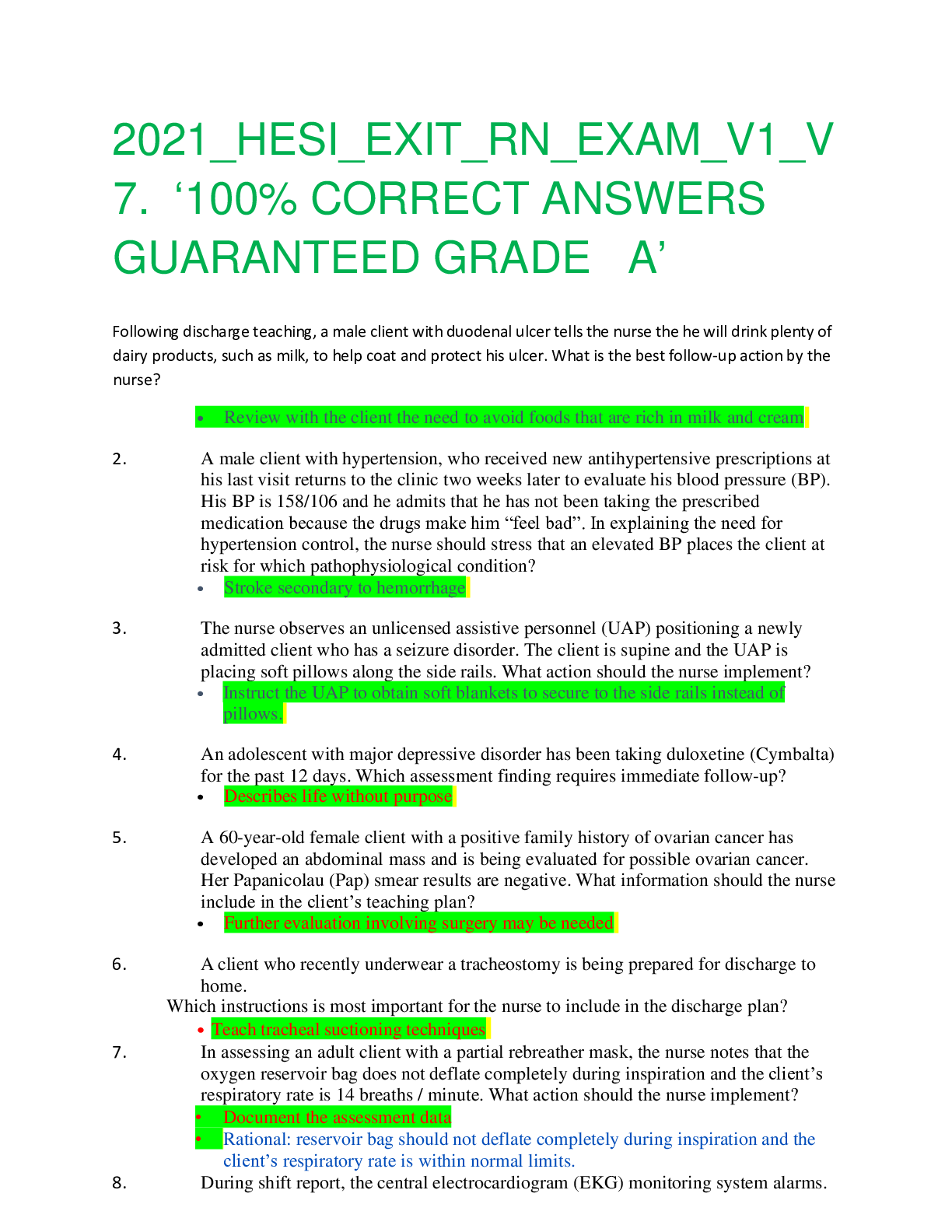
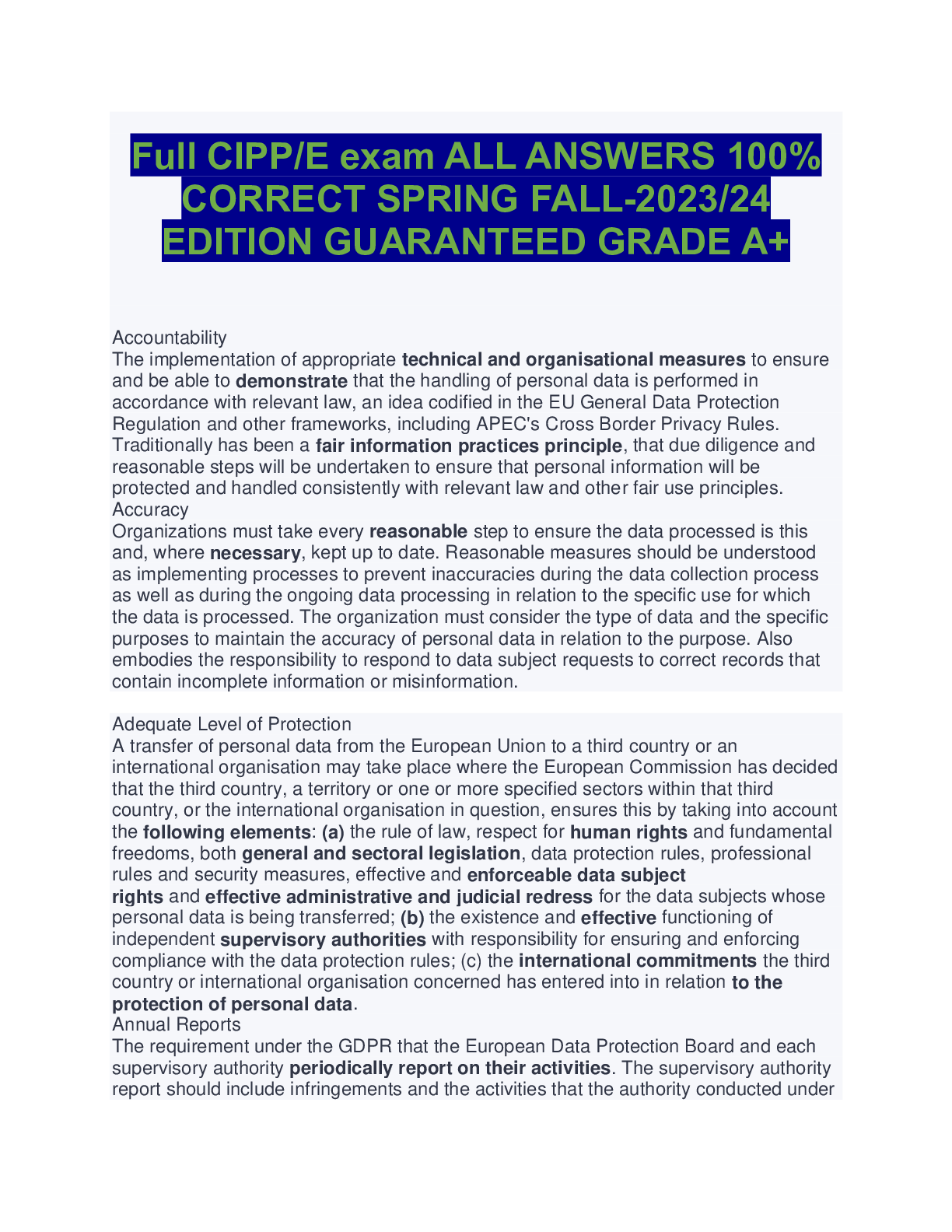
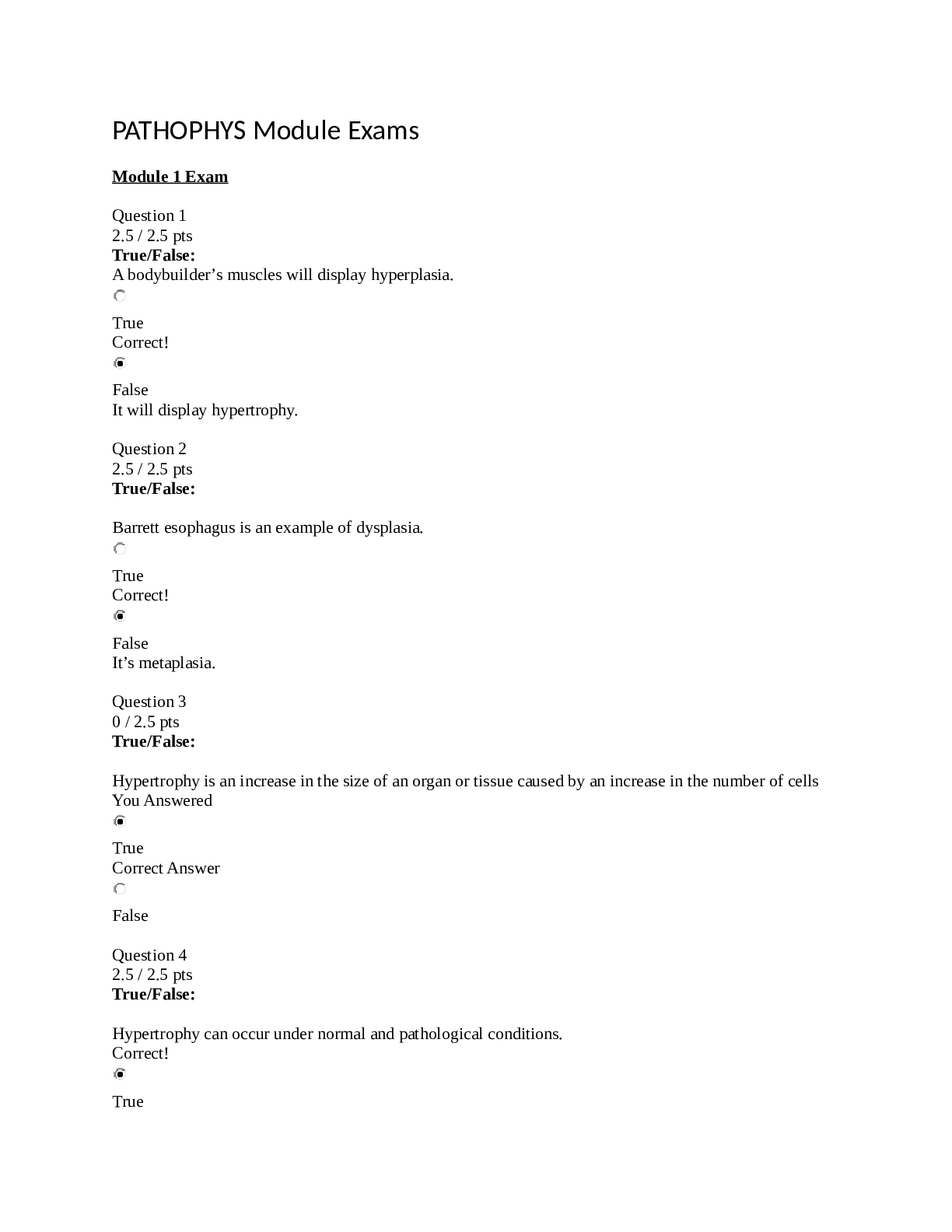
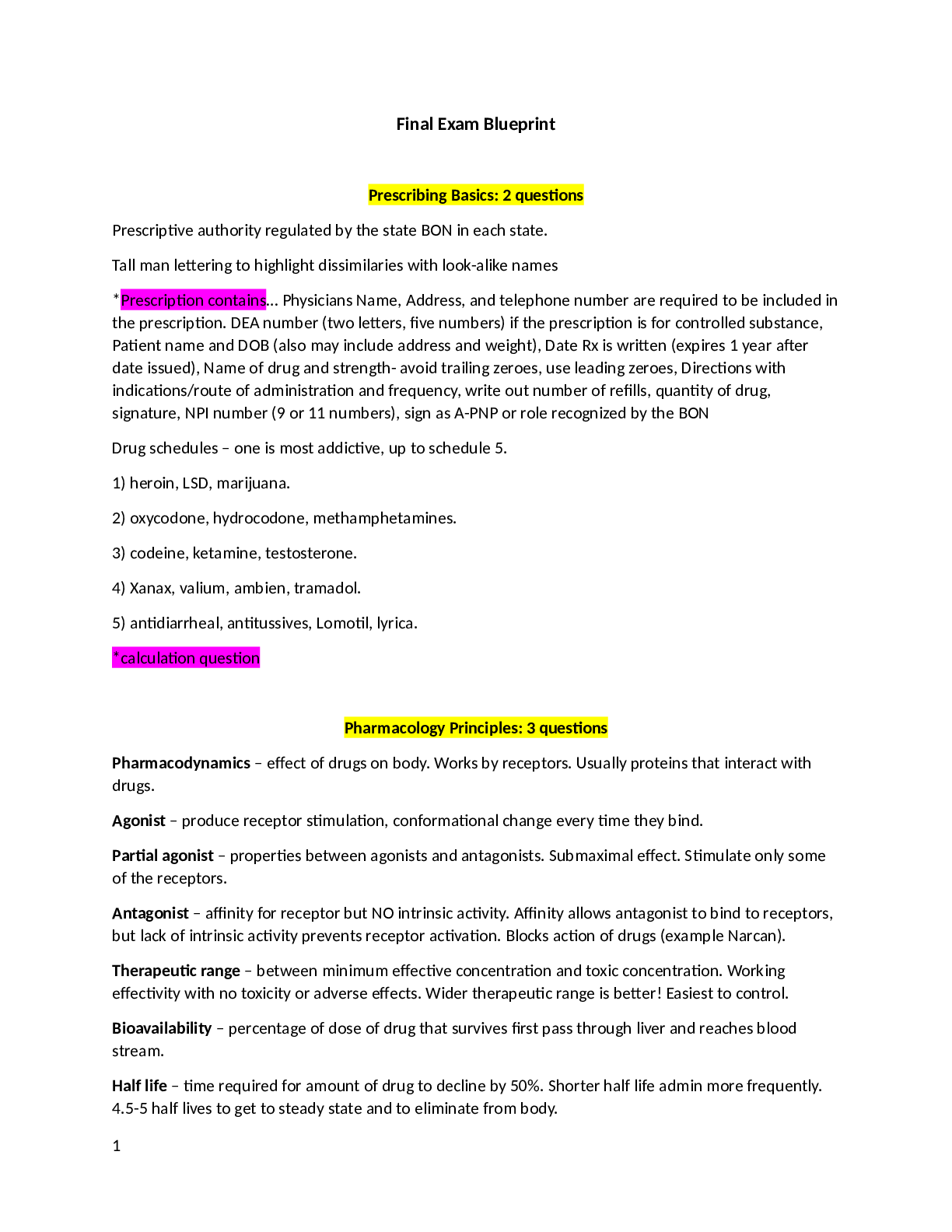

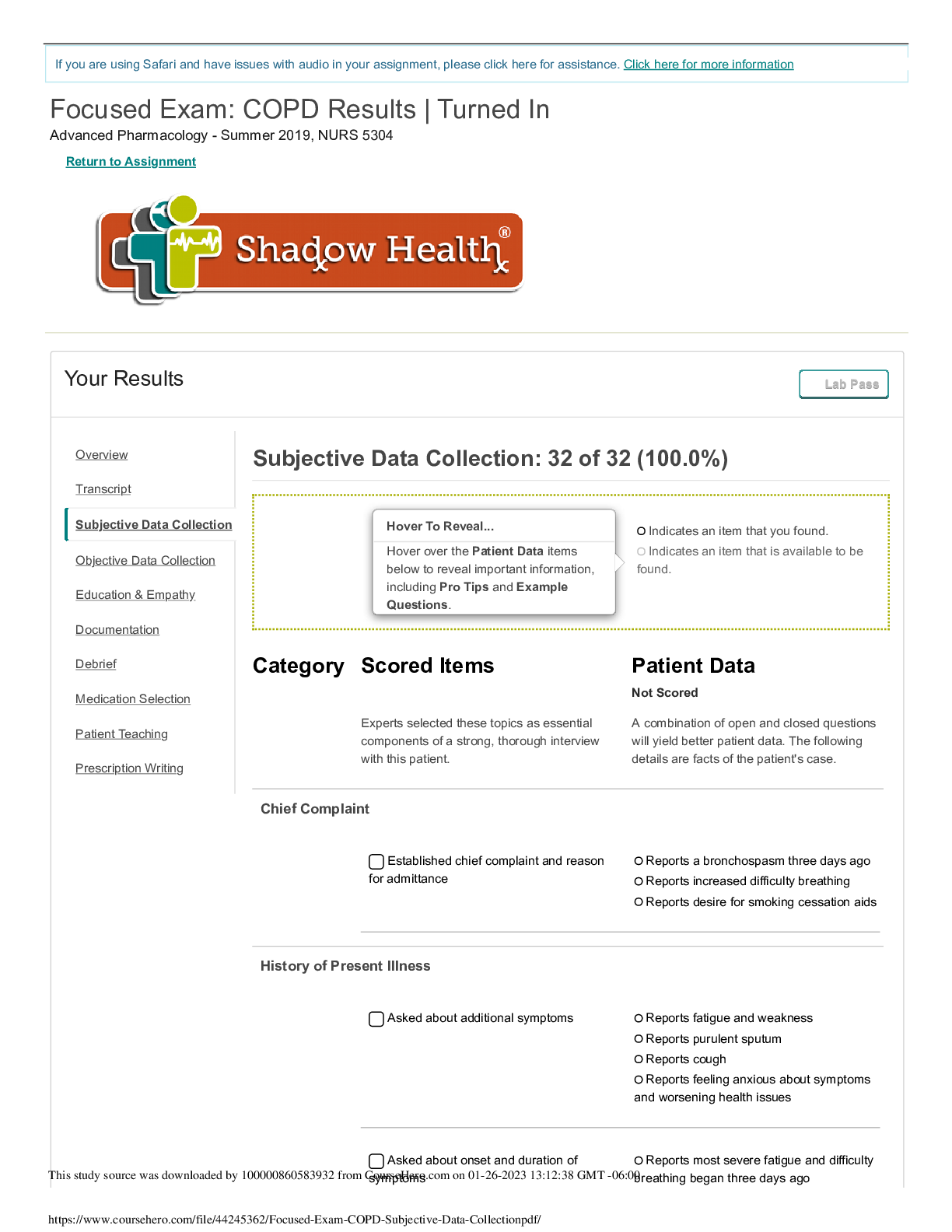
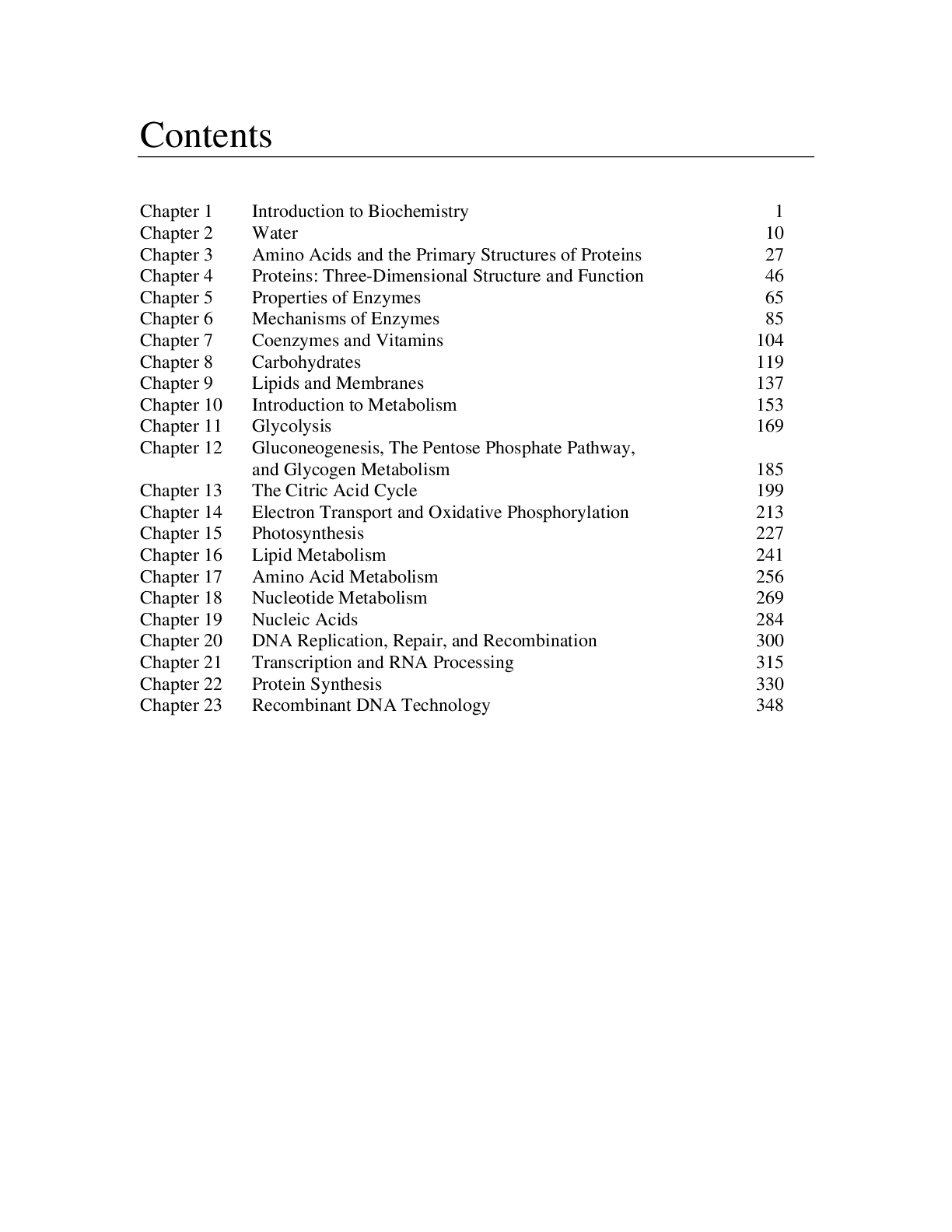
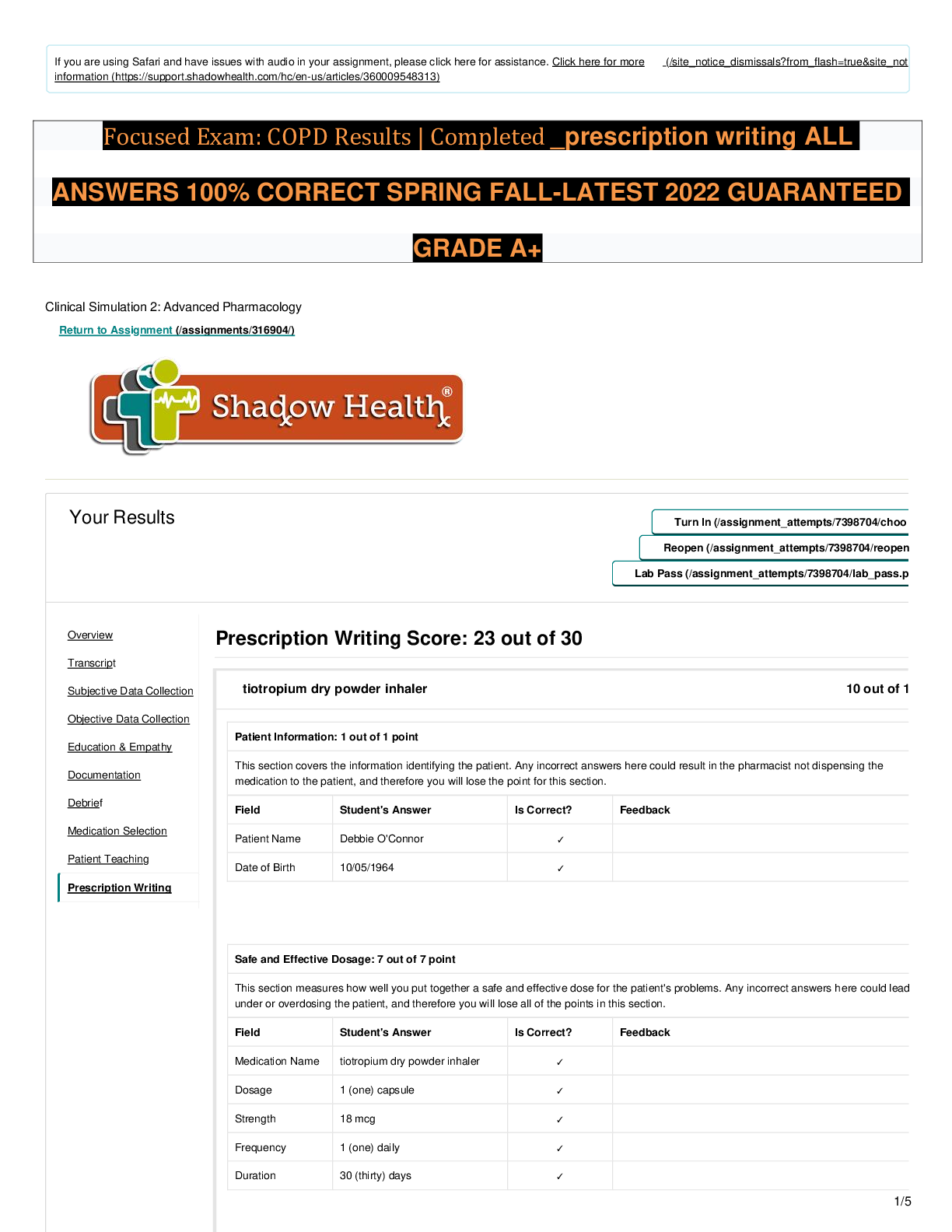
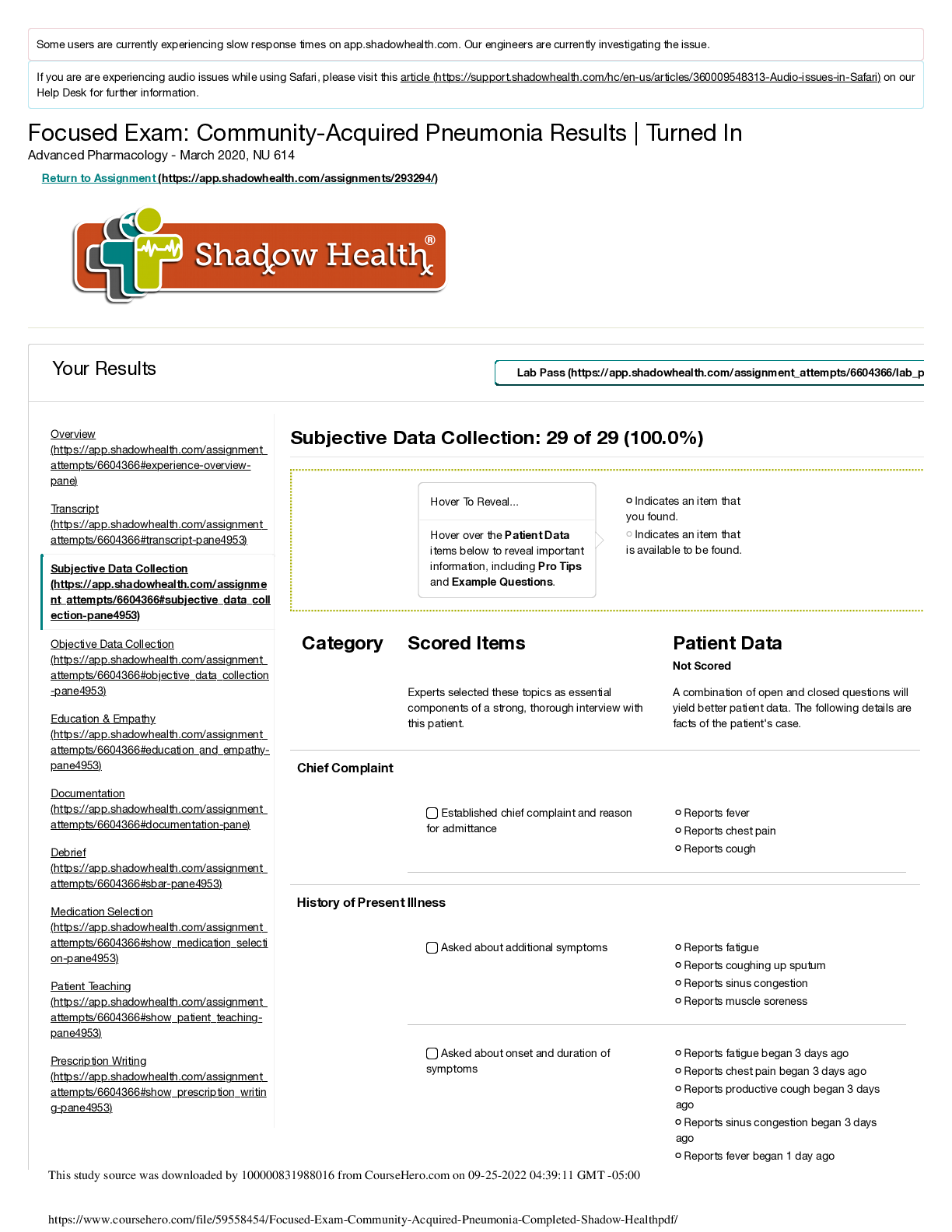
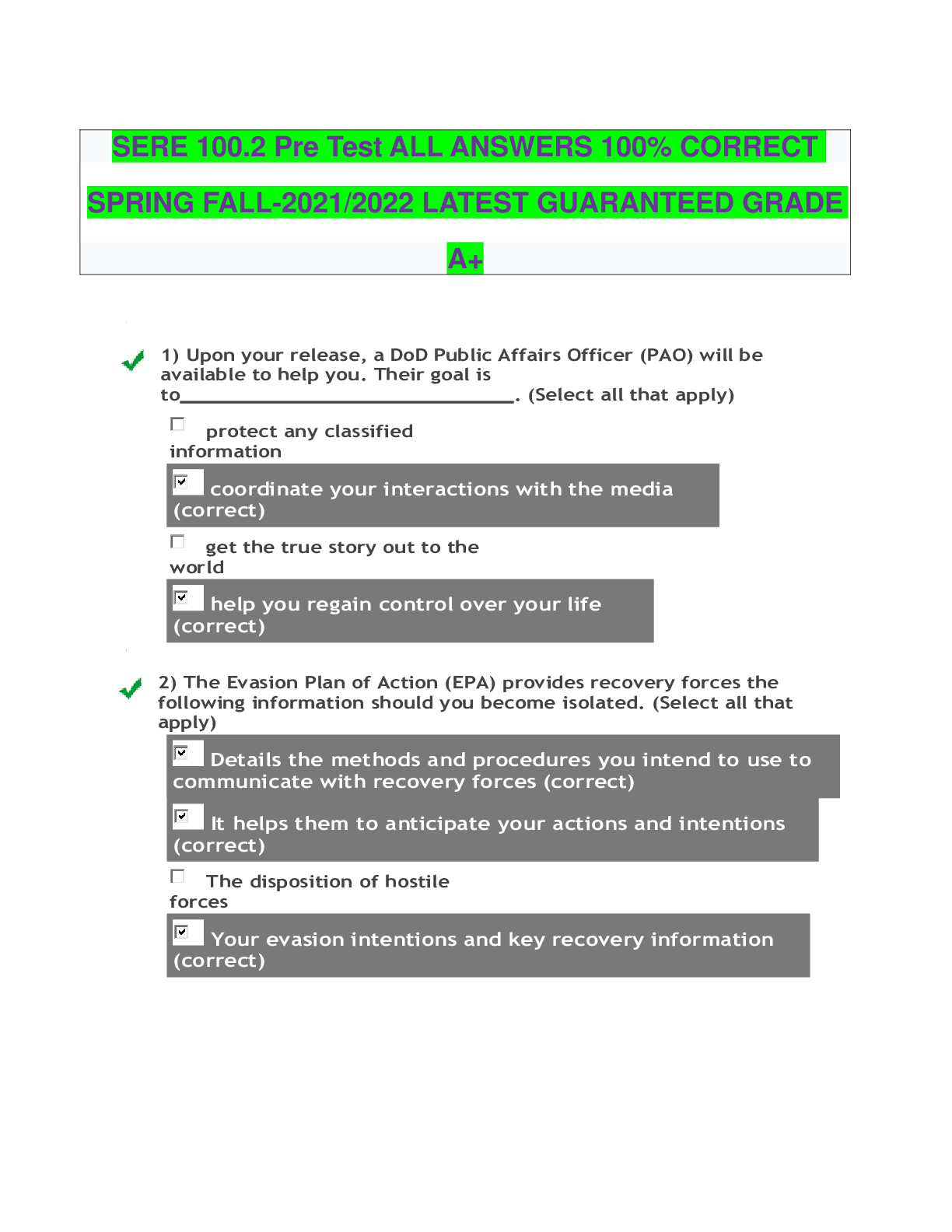


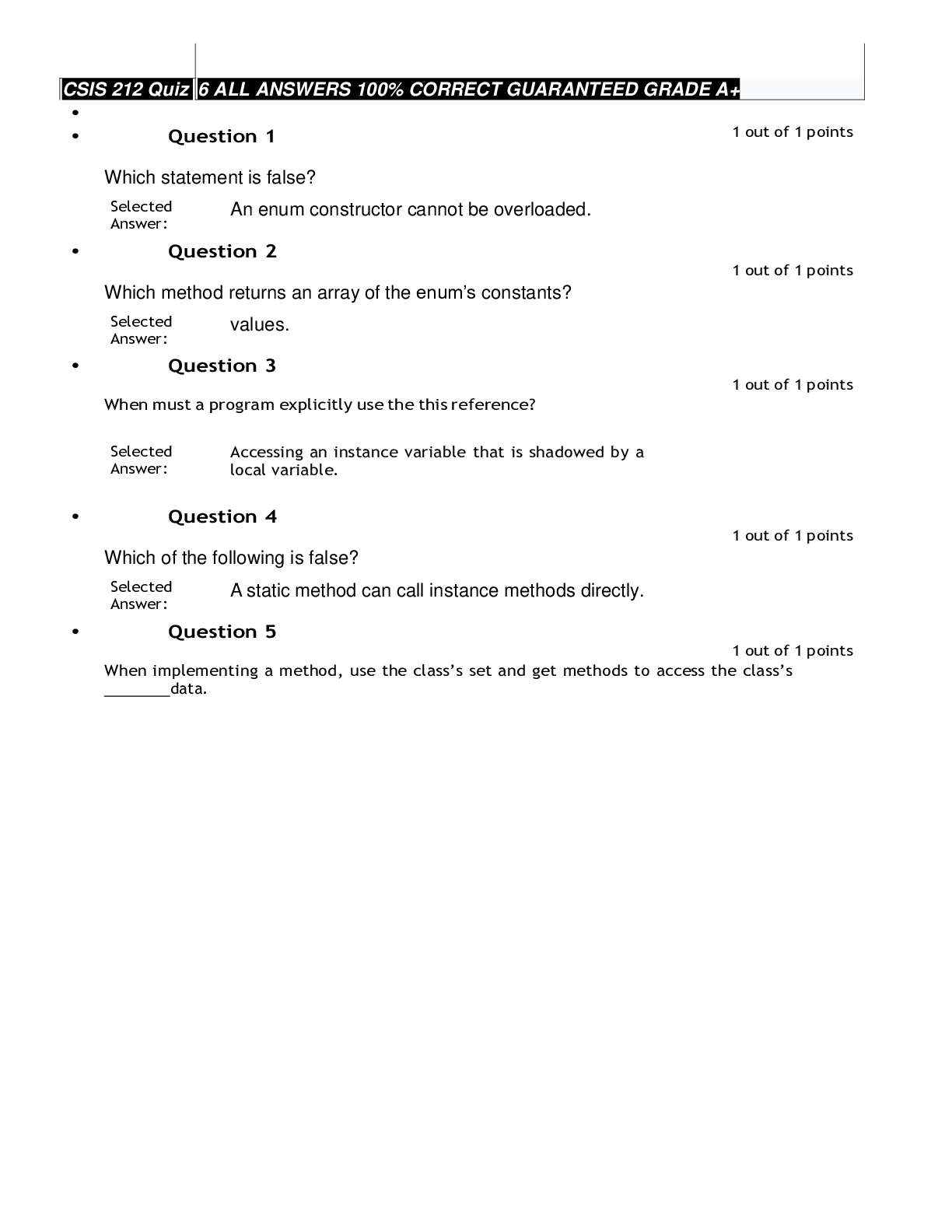
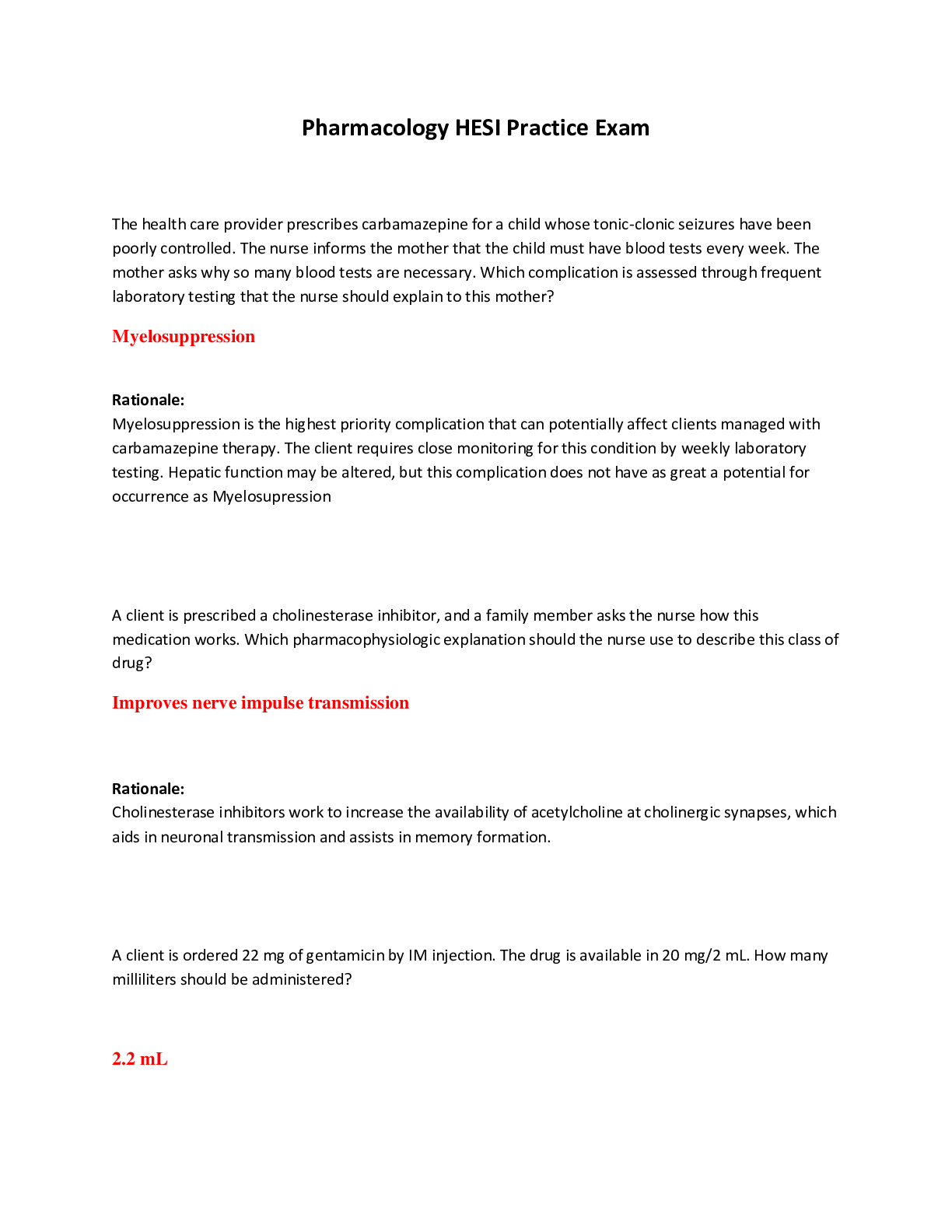
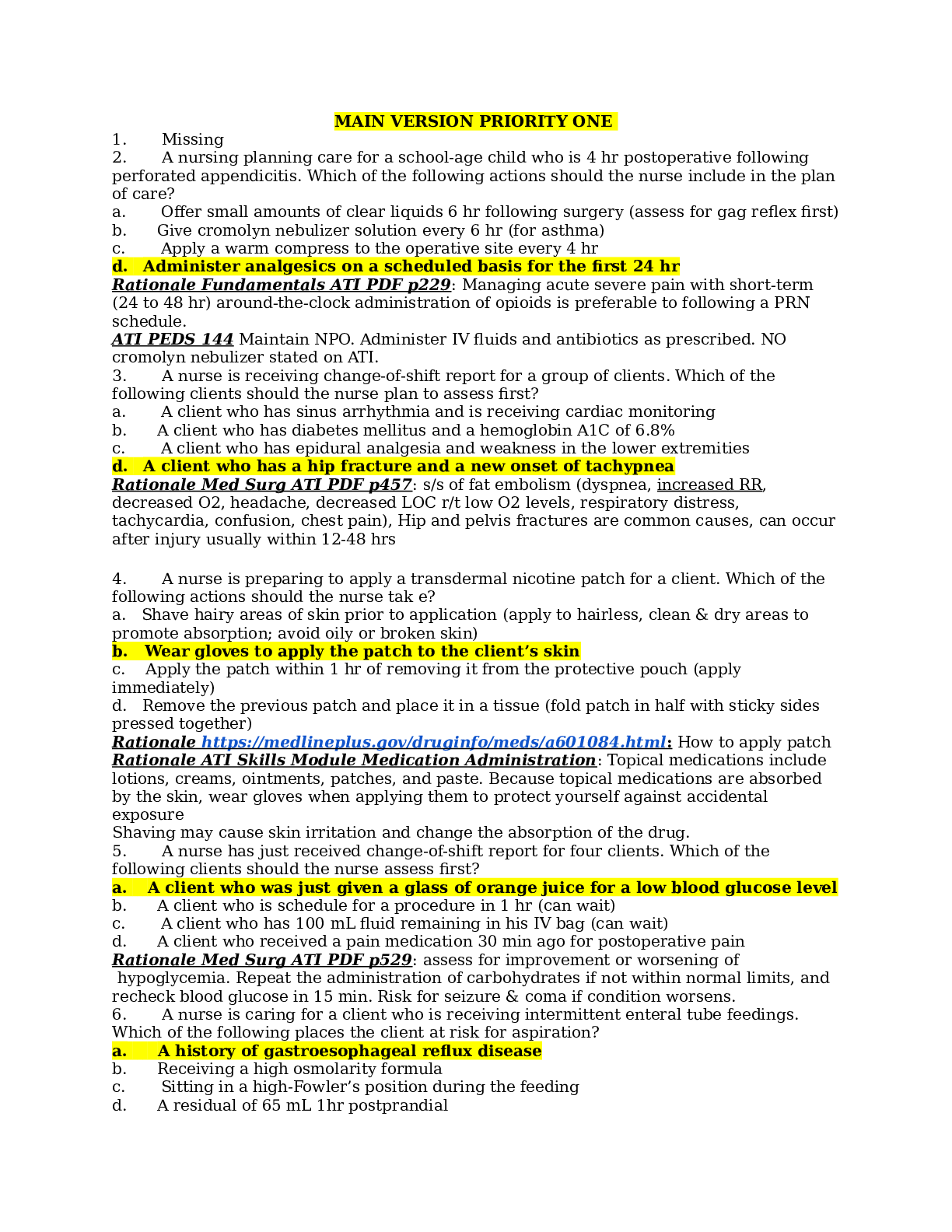
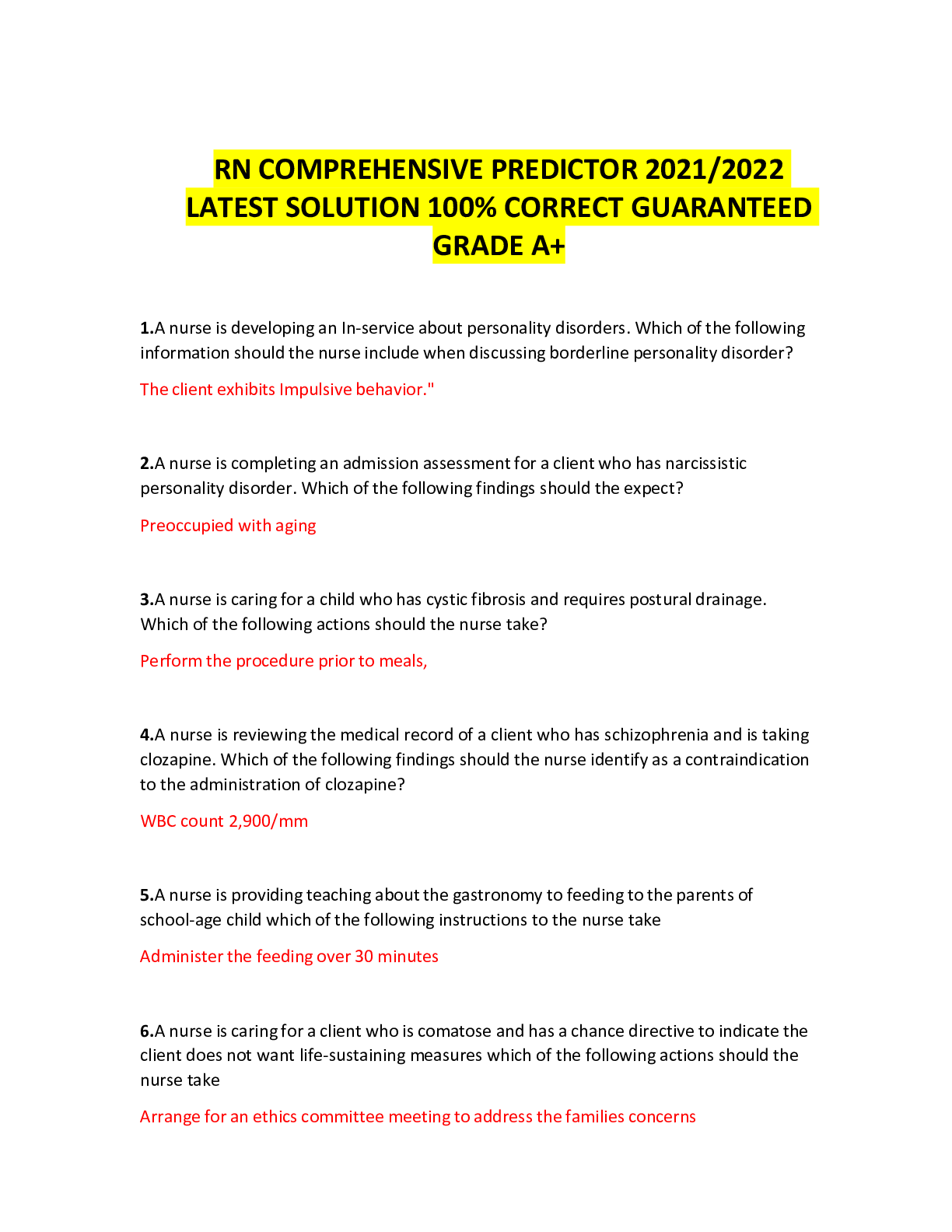





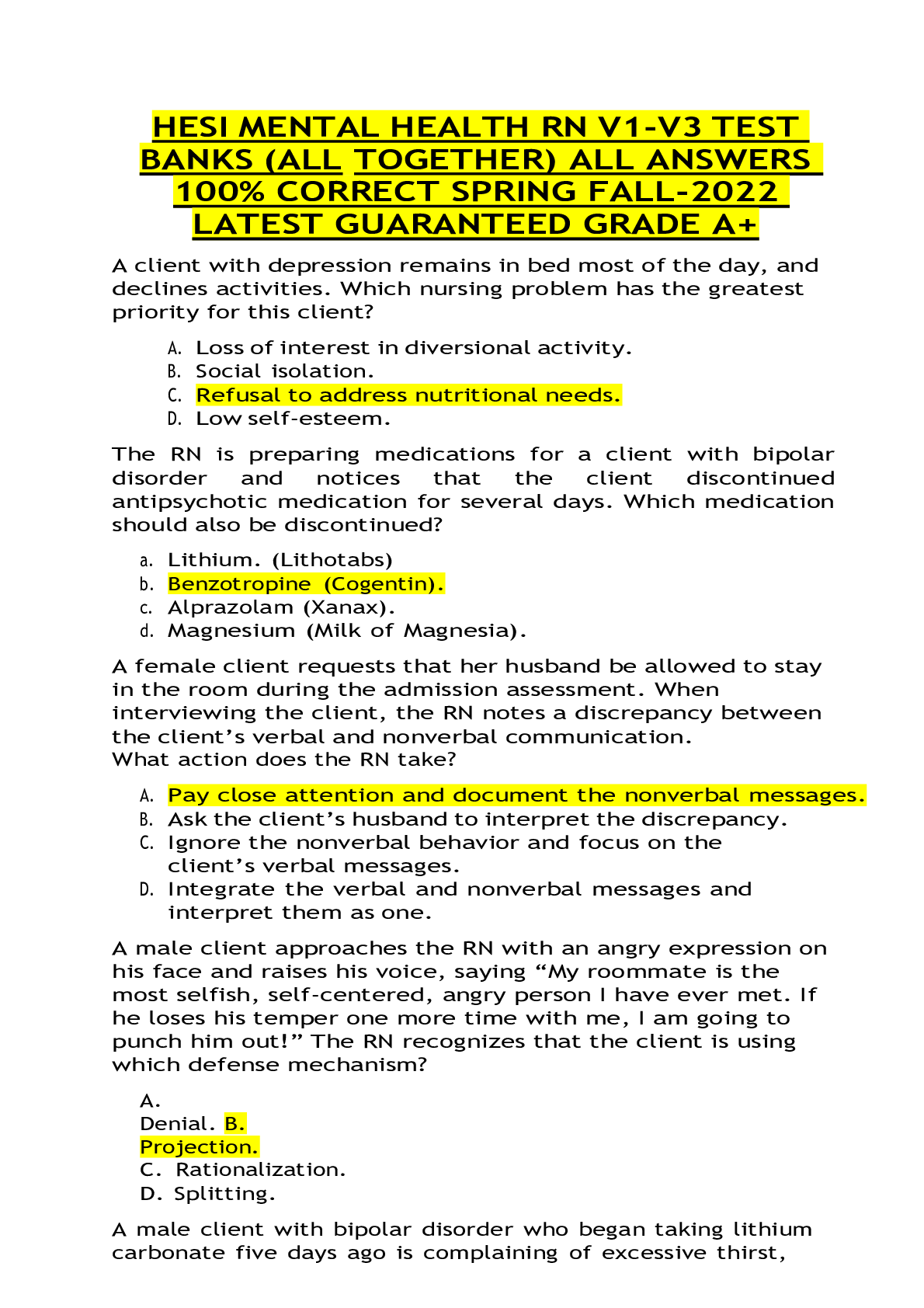


.png)
